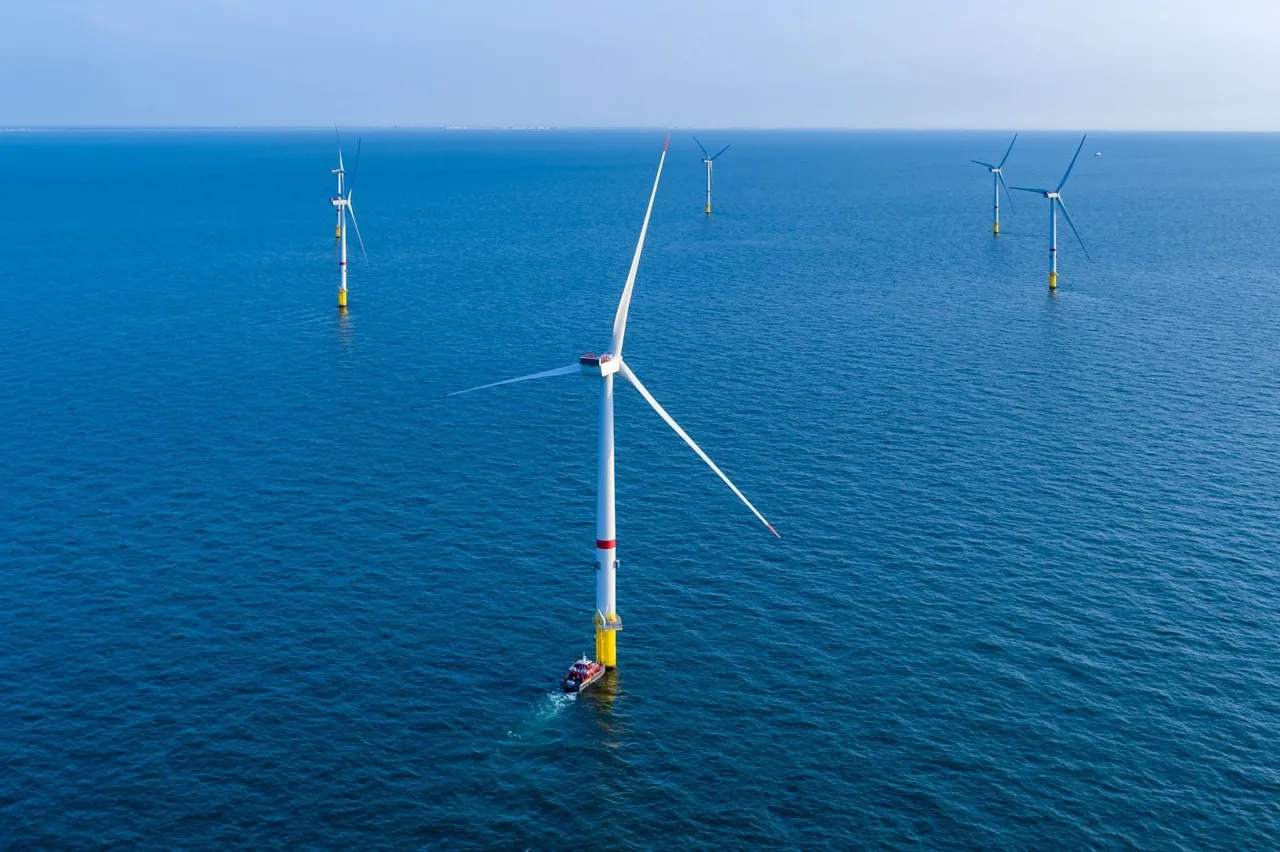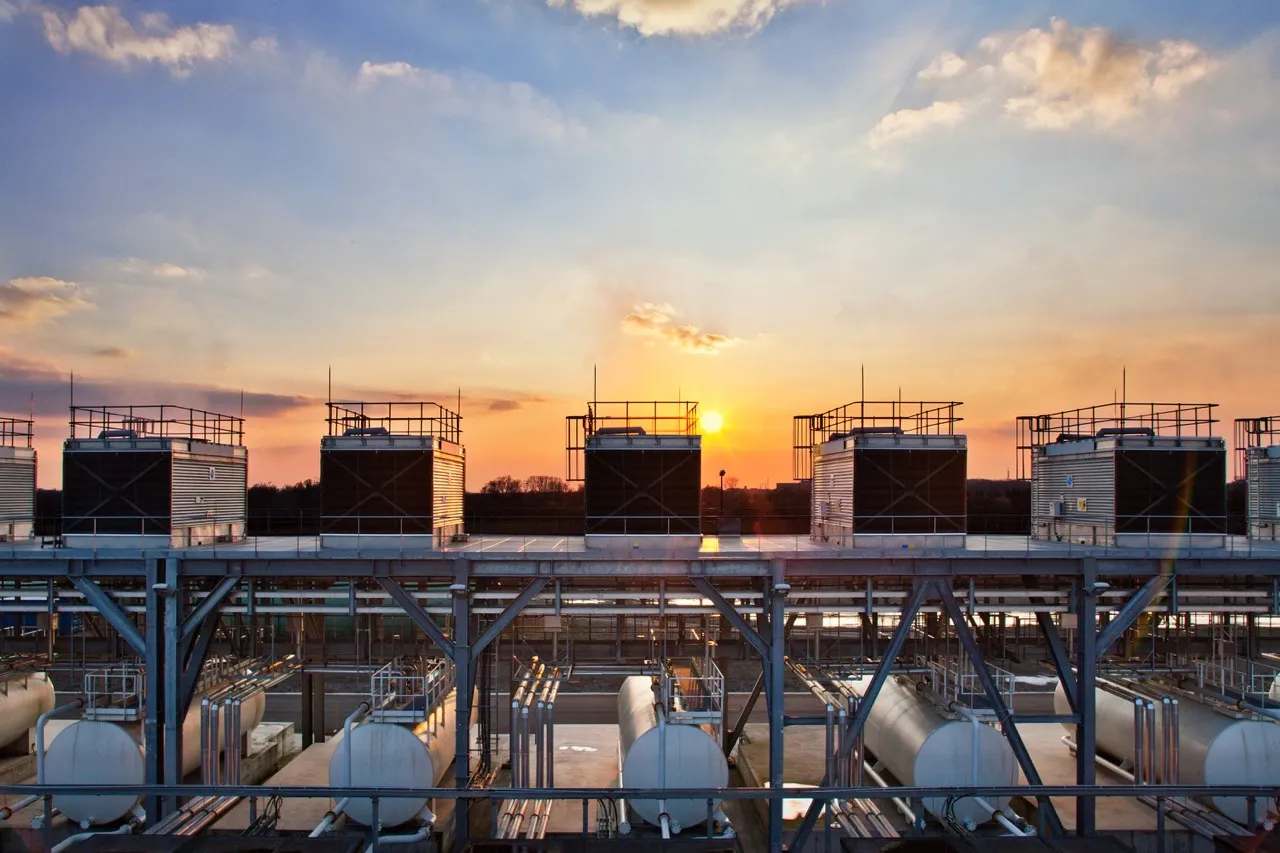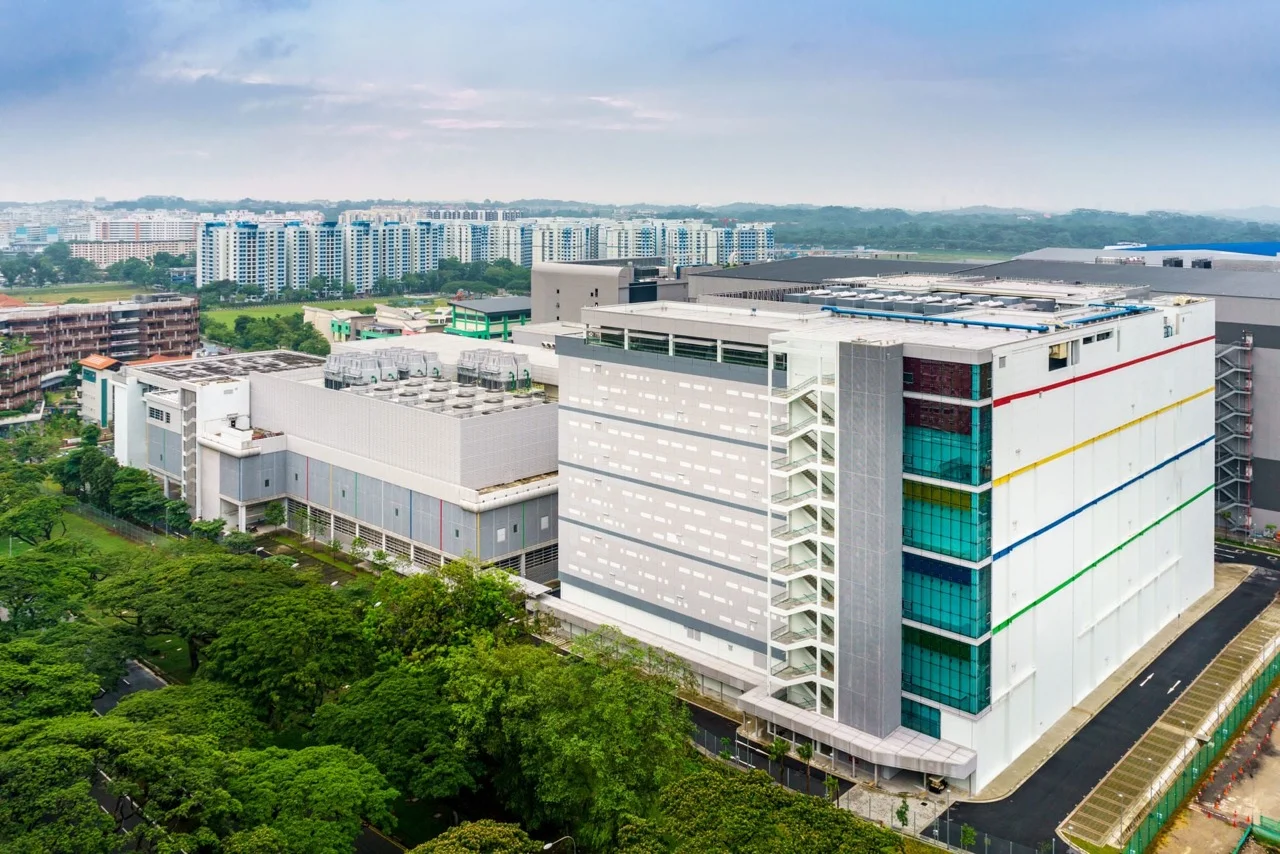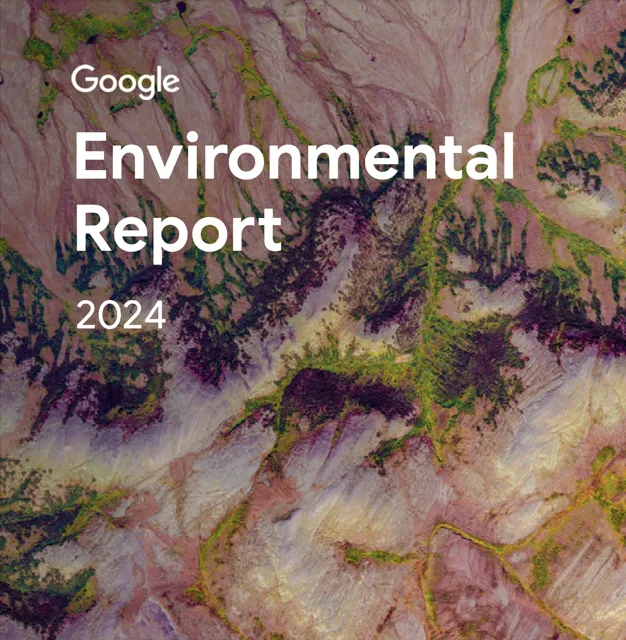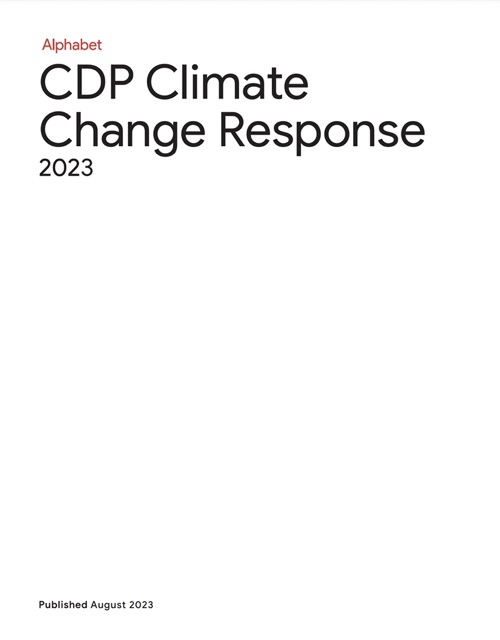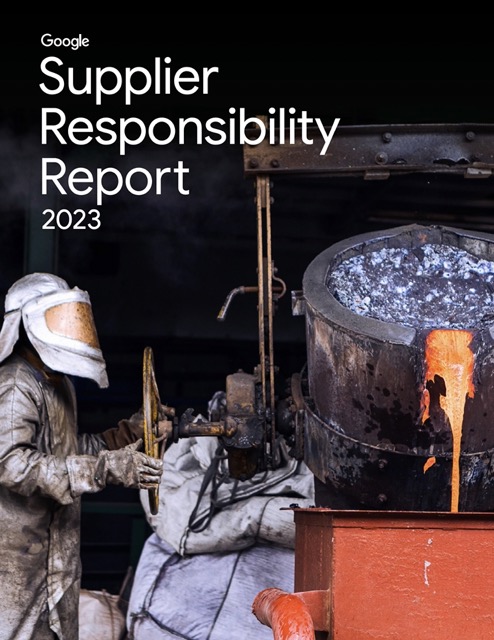Operating sustainably
See how we’re showing the way forward through our own operations.
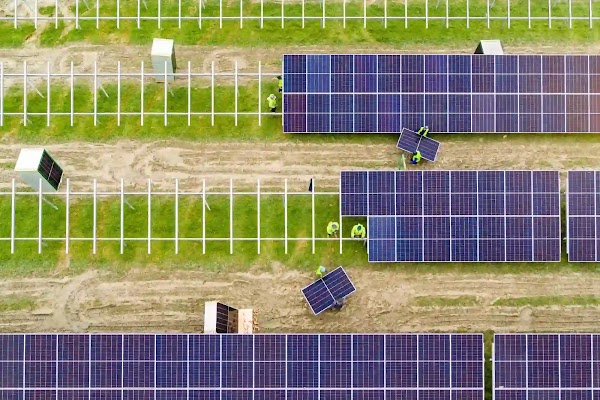



-
Achieve net-zero emissions
We’ve set a goal to achieve net-zero emissions across all of our operations and value chain by 20301
Learn moreAdvance our standard of water stewardship
We aim to replenish more freshwater than we consume and help improve water quality and ecosystem health in the communities where we operate.
Learn moreAccelerate a circular economy
Our ambition is to maximize the reuse of finite resources across our operations, products, and supply chains and enable others to do the same.
Learn moreProtect nature & biodiversity in the places where we operate
We strive to restore and enhance nature and biodiversity through our campuses and technology.
Learn more01Tracking our progress
We believe it is critical to regularly track our progress and be transparent with what we’ve accomplished and where we’re going.
Tracking our progress
We believe it is critical to regularly track our progress and be transparent with what we’ve accomplished and where we’re going.
![Aerial view of the Norther offshore wind farm in Belgium]() Our first offshore wind PPA, the Norther offshore wind farm in the Belgian North Sea
Our first offshore wind PPA, the Norther offshore wind farm in the Belgian North SeaNet-zero carbon
Learn moreTargetTarget year2023StatusCarbon reduction
TargetReduce 50% of our combined Scope 1, 2 (market-based), and 3 absolute emissions. Invest in nature-based and technology-based carbon removal solutions to neutralize our remaining emissions.
Target year2030
2023
48% increase compared to our 2019 base year emissions*
*This result was primarily due to increases in data center energy consumption and associated growing demand for our products (see here for more information).Status OngoingCarbon-free energy2
TargetRun on 24/7 carbon-free energy on every grid where we operate.
Target year2030
2023
64% global average carbon-free energy across our data centers and offices.
Status Ongoing![Cooling towers at a data center in Belgium]() Cooling towers at our data center in Belgium
Cooling towers at our data center in BelgiumWater stewardship
Learn moreTargetTarget year2023StatusWater replenishment
TargetReplenish 120% of the freshwater3 volume we consume, on average, across our offices and data centers by 2030.
Target year2030
2023
As of the end of 2023, our watershed projects replenished an estimated 1 billion gallons of water,4 or 19% of our 2023 freshwater consumption.
Status Ongoing![This multi-story Google data center is located in the heart of Singapore.]() Our impact on the circular economy cuts across all our core business operations, including the data centers we build and operate to power our products. This multi-story Google data center is located in the heart of Singapore
Our impact on the circular economy cuts across all our core business operations, including the data centers we build and operate to power our products. This multi-story Google data center is located in the heart of SingaporeCircular economy
Learn moreTargetTarget year2023StatusData centers
TargetAchieve Zero Waste to Landfill5 for our global data center operations.
Target yearN/A
2023
8 out of 28 (29%) of our Google-owned and -operated data center campuses met our zero waste to landfill goal.6
Status OngoingOffices
TargetDivert all food waste from landfill by 2025.
Target year2025
2023
82% of food waste diverted from landfill.
Status OngoingConsumer hardware products
TargetUse recycled or renewable material in at least 50% of plastic used across our consumer hardware product portfolio by 2025.
Target year2025
2023
34% of the plastic Google used in products manufactured in 2023 was recycled content.7
Status OngoingConsumer hardware products
TargetMake product packaging 100% plastic-free by 2025.
Target year2025
2023
Our packaging was at least 99% plastic-free for new Google products launched and manufactured in 2023.
Status OngoingStay informed
Explore how our efforts are designed to help us all get the most out of technology, without using more resources.
Our reports
To scale impact, we have created tools and case studies to help others adopt some of the approaches that have worked for us.8
![Cover image of the 2023 Responsible Supply Chain Report]() 1 We aim to reduce 50% of our combined absolute Scope 1, 2 (market-based), and 3 absolute greenhouse gas emissions when compared to a 2019 base year, and plan to invest in nature-based and technology-based carbon removal solutions to neutralize our remaining emissions.2 Carbon-free energy is any type of electricity generation that doesn’t directly emit carbon dioxide, including (but not limited to) solar, wind, geothermal, hydropower, and nuclear. Sustainable biomass and carbon capture and storage (CCS) are special cases considered on a case-by-case basis, but are often also considered carbon-free energy sources.3 Scope: Annual freshwater replenished at our offices and Google-owned and -operated data centers, excluding seawater and reclaimed wastewater.
1 We aim to reduce 50% of our combined absolute Scope 1, 2 (market-based), and 3 absolute greenhouse gas emissions when compared to a 2019 base year, and plan to invest in nature-based and technology-based carbon removal solutions to neutralize our remaining emissions.2 Carbon-free energy is any type of electricity generation that doesn’t directly emit carbon dioxide, including (but not limited to) solar, wind, geothermal, hydropower, and nuclear. Sustainable biomass and carbon capture and storage (CCS) are special cases considered on a case-by-case basis, but are often also considered carbon-free energy sources.3 Scope: Annual freshwater replenished at our offices and Google-owned and -operated data centers, excluding seawater and reclaimed wastewater.4 We contracted a third-party to estimate replenishment benefits using the Volumetric Water Benefit Accounting (VWBA) methodology ( Reig et al., 2019).
5 We consider “Zero Waste to Landfill" for our data center operations to mean that more than 90% of waste is diverted from landfill and incineration, in line with industry standards. As of 2023, our waste diversion methodology considers thermally processed waste (i.e., incineration), with or without energy recovery, as waste disposal.6 Annual operational waste for all Google-owned and -operated data center campuses globally.7 Based on total plastic weight of Google Pixel, Nest, Chromecast, and Fitbit products manufactured in 2023. This does not include plastics in printed circuit boards, labels, cables, connectors, electronic components and modules, optical components, electrostatic discharge (ESD) components, electromagnetic interference (EMI) components, films, coatings, and adhesives.8 Sustainability has been a core value for Google since our founding, and our environmental reporting and thinking has evolved over the years. Please refer to our latest Environmental Report for our most current methodology and approach.
